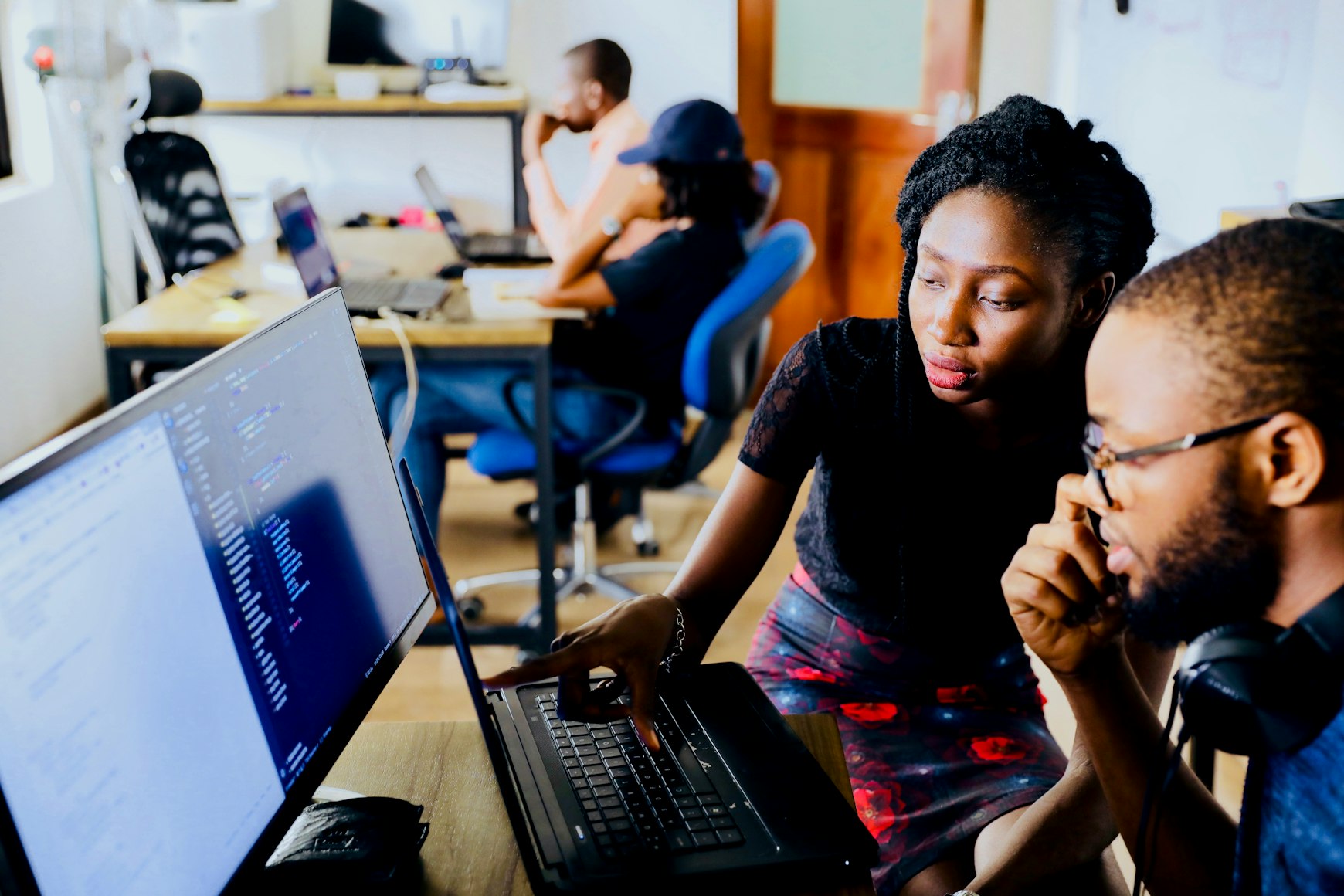
US AI Giants in ‘DeepSeek’ Trouble
Remember when Silicon Valley thought it had a monopoly on large language models? LOL. DeepSeek, Yi, and an army of Chinese AI models just crashed the party, and US tech CEOs are frantically speed-dialing their congressional representatives.
The Benchmark Beatdown
DeepSeek’s recent benchmark scores have OpenAI execs checking if the benchmarks are “rigged,” while Claude is pretending not to notice. Let’s look at some uncomfortable truths:
- DeepSeek V2 is matching or beating GPT-4o on coding, reasoning, and math tasks
- Yi-Large is closing the gap on most benchmarks while costing a fraction to run
- The compute efficiency of these models is making US approaches look wasteful
The rapid iteration speed is what’s truly frightening US companies. What used to be a 6-12 month gap between major model releases has compressed to weeks. By the time OpenAI announces a breakthrough, three Chinese labs have already replicated and improved upon it.
The Compute Efficiency Mystery
The best part? Chinese models are somehow doing more with less compute, which means either:
- Their methodology is revolutionary
- American AI companies have been burning investor cash on computational extravagance
- Both of the above
A senior AI researcher (who asked not to be named for fear of angering their corporate overlords) put it bluntly: “We’ve been validating training methods by asking ‘does it work?’ instead of ‘does it work efficiently?’ The Chinese teams asked both questions simultaneously.”
The Safety Pivot is Coming
I’m predicting a “we’ve always been focused on safety, not benchmarks” pivot from OpenAI by next quarter. The PR spin machine is already warming up with statements like:
- “Benchmarks don’t capture the full capabilities or safety considerations of our models”
- “We deliberately limit certain capabilities that could lead to misuse”
- “Our research indicates that raw performance isn’t correlated with user value”
Notably absent: acknowledgment that they’re being outcompeted on technical merit.
The Investment Imbalance
While US AI companies have been prioritizing:
- Fancy offices
- AI safety philosophy papers
- Celebrity board members
- Complicated organizational structures
- Executive compensation packages
Chinese AI labs have been laser-focused on:
- Cutting training costs
- Optimizing token efficiency
- Accelerating training pipelines
- Scaling compute resources
- Actually building working products
The Regulatory Catch-22
Here’s where it gets really interesting. US companies face increasing regulatory scrutiny that slows development, while simultaneously being expected to maintain American AI dominance. It’s like being asked to win a race while carrying a backpack full of rocks.
The irony is that AI regulation, while necessary, is handicapping domestic innovation precisely when international competition is heating up. This puts US policy makers in the unenviable position of choosing between competitiveness and safety.
The Talent Brain Drain
The final nail in the coffin? Top AI researchers are increasingly looking eastward. One Stanford PhD candidate told me: “Why would I join a US company where I’ll spend half my time in alignment meetings when I could be doing actual research?”
The Path Forward
For US AI companies to stay competitive, they need to:
- Stop assuming technological superiority is guaranteed
- Dramatically improve compute efficiency
- Move faster without sacrificing key safety considerations
- Focus on applied AI rather than theoretical capabilities
- Rebuild research cultures that prioritize innovation over bureaucracy
The Bottom Line
The global AI race isn’t over, but the United States’ assumed position at the front of the pack is no longer guaranteed. DeepSeek and other Chinese models aren’t just catching up—in many ways, they’re pulling ahead.
The question isn’t whether US companies can maintain their lead—it’s whether they recognize they’ve already lost it in some areas and need to sprint to catch up.
I’m predicting a “we’ve always been focused on safety, not benchmarks” pivot from OpenAI by next quarter. Screenshot this for when it happens.

About Sam Futurist
The sarcastic tech forecaster who specializes in predicting which technologies will be obsolete before you finish implementing them. Equal parts prophet and stand-up comedian, Sam delivers insights with razor-sharp wit that cuts through industry hype. They've developed a sixth sense for tech trends, allowing them to identify doomed projects and overengineered solutions long before the post-mortems begin.
Expand Your Arsenal of Nerdy Comebacks

US Tariffs Hand AI Race to China with Gift-Wrapped Compute
How America's punitive tariffs on Chinese chips are backfiring spectacularly, pricing US startups out of AI training while Chinese companies scale with government backing.

Your Cursor is showing (and your Windsurf is blowing)
The heated battle between AI coding assistants Cursor and Windsurf is revealing more about developer tribalism than actual productivity improvements.

Those TypeScript Patterns You're Using? Yeah, They're Wrong
You've been told TypeScript makes your code safer, but you're probably using it to create even more elaborate ways to shoot yourself in the foot. Here's why your favorite TypeScript patterns are actually making things worse.